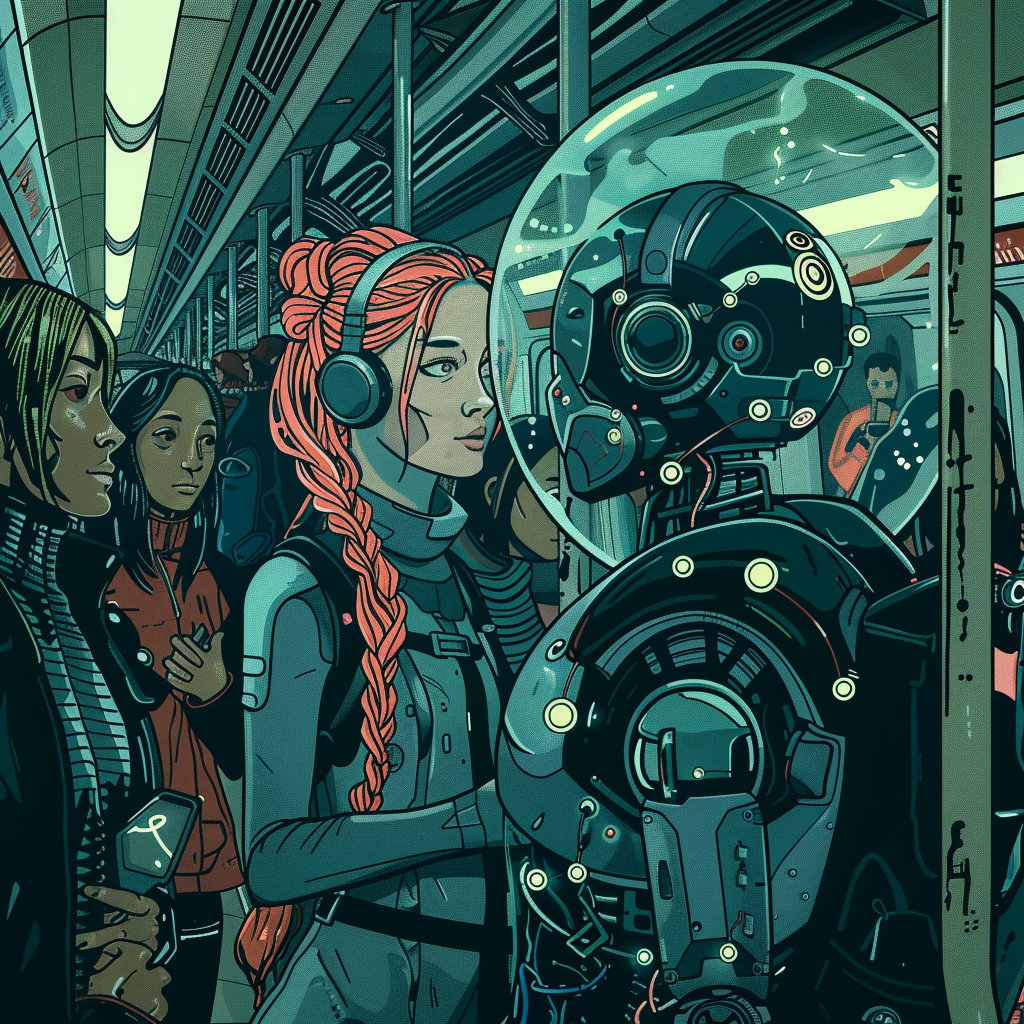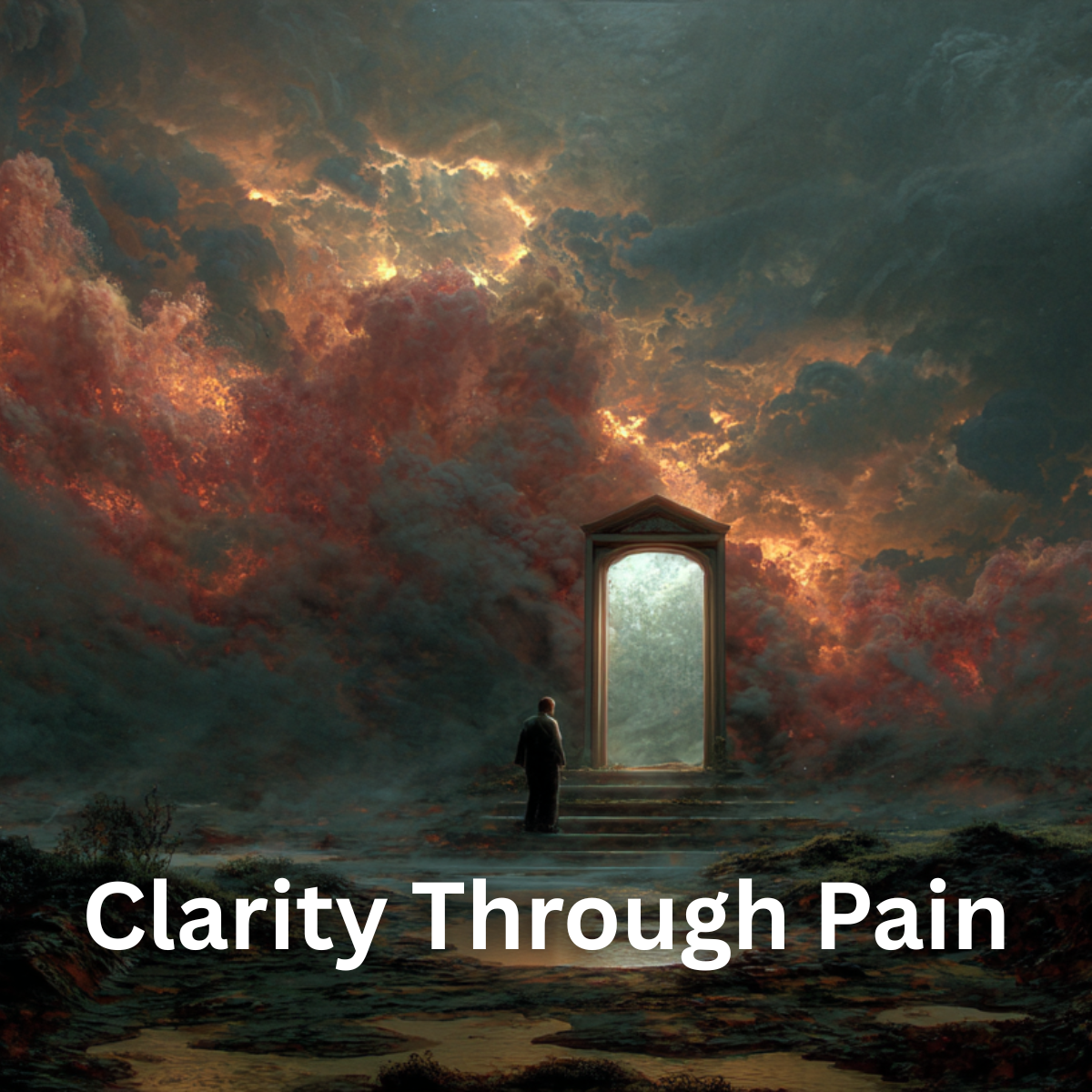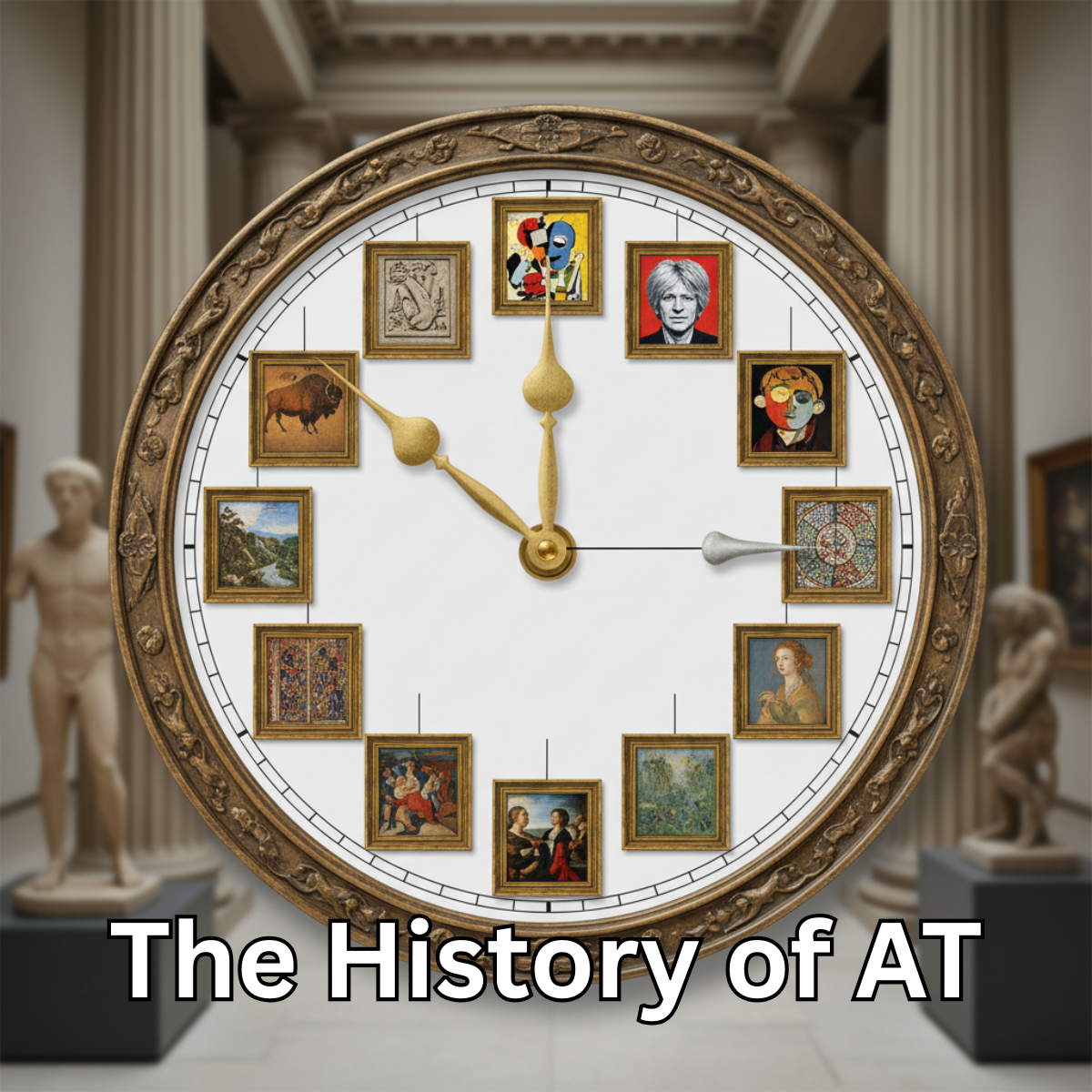Recently, my wife and I escaped to a quaint small town for an overnight trip, seeking solace from the relentless pace of life. A side note—it’s challenging to separate oneself from stress and anxiety amid constant reminders. Sometimes, a change of scenery and circumstances is essential to disconnect and become more mindful of our mental state. During this retreat, my wife and I found ourselves embarking on discussions about future visions rather than the minutiae of daily life management. In the early morning hours, engrossed in “The Tiger” by John Vaillant—a recommendation from @Ryan Holliday—I encountered the intriguing concept of the Umwelt.
Jakob von Uexküll, a German biologist, introduced the Umwelt theory, setting it apart from contemporary psychological notions like ‘the black box’ and ‘all the world is a stage.’ The concept, often simplified to living within one’s bubble, underscores a vital distinction: the Umwelt represents how individuals interpret their reality through their sensory and cognitive systems, moving away from the centralized theater concept where a ‘watcher’ experiences events unfolding.
This idea is profoundly relevant today, especially with the advent of artificial intelligence. In exploring the origins of complex thought or the foundations of interspecies communication, we’re often hampered by an infinite regression of causality. By reframing our perspective—viewing the mind (be it human or AI) not just as a processor of inputs but as an interpreter—a clearer understanding of rationalization emerges.
Moreover, the concept aids in our interactions with other sentient beings. We’re entering an era where the presence of other minds—whether organic or artificial—demands conscious consideration. While the cognitive gap between my dogs and myself might seem vast, limited to interactions like ‘wanna go for a walk?’, what happens when objects start processing inputs and applying cognitive rationality to their own Umwelt, akin to humans?
A pertinent example occurred while driving home when a Tesla, seemingly aware of our presence, subtly altered its path to avoid a collision, independent of its human driver’s awareness. The driver’s Umwelt, shaped by his worldview and immediate concerns, contrasted with the Tesla’s, which processed a broader range of inputs to avert an accident. This incident highlighted the interplay of multiple Umwelts: mine, the driver’s, and the Tesla’s, not to mention the peripheral presence of the driver’s companion.
It’s enlightening to consider that my perception of the driver’s Umwelt—his distractions, his possible reliance on prescription glasses, even my judgment of his driving—constitutes his Umgebung, as termed by Uexküll. This Umgebung represents how I perceive his subjective world, colored by my assumptions and biases. This near-miss incident, thankfully devoid of catastrophe, underscored the complexity of navigating our Umwelts and Umgebungs, revealing how we process and react to shared experiences differently. It’s a poignant reminder that, while the driver may remain oblivious to the event, both the Tesla and I have potentially gained valuable insights, possibly influencing how we navigate future interactions with others’ Umgebungs, so often cluttered with noise and distraction.





Hmmmm! Very interesting!! Thanks for sharing. I love the added insights and enjoy learning from you. Keep up the good work.
Thanks Ron! Writing everyday has become a form of therapy for me, so thanks for reading.